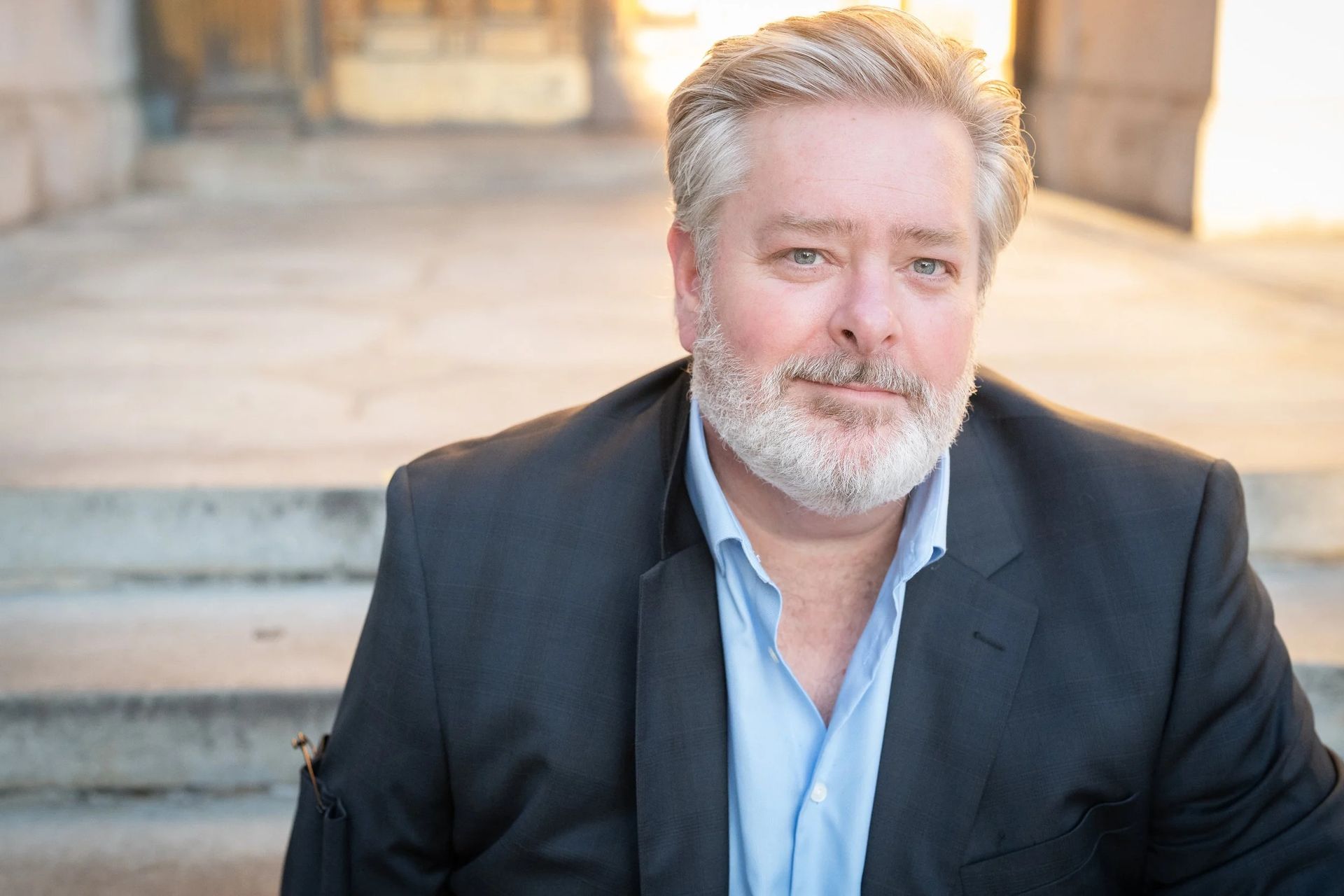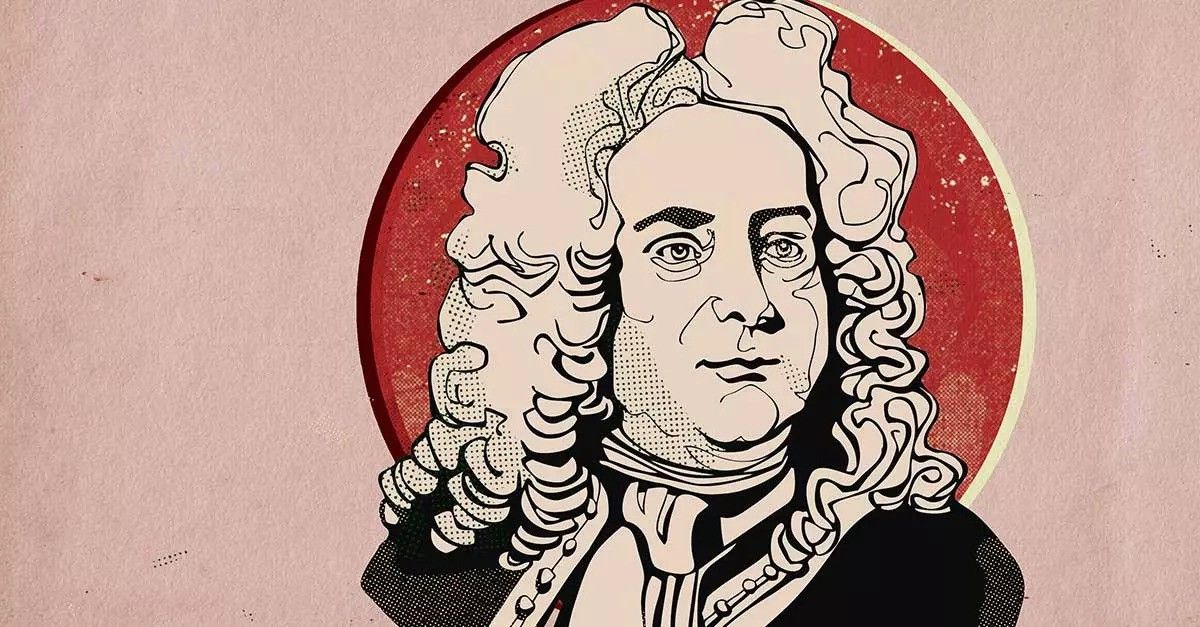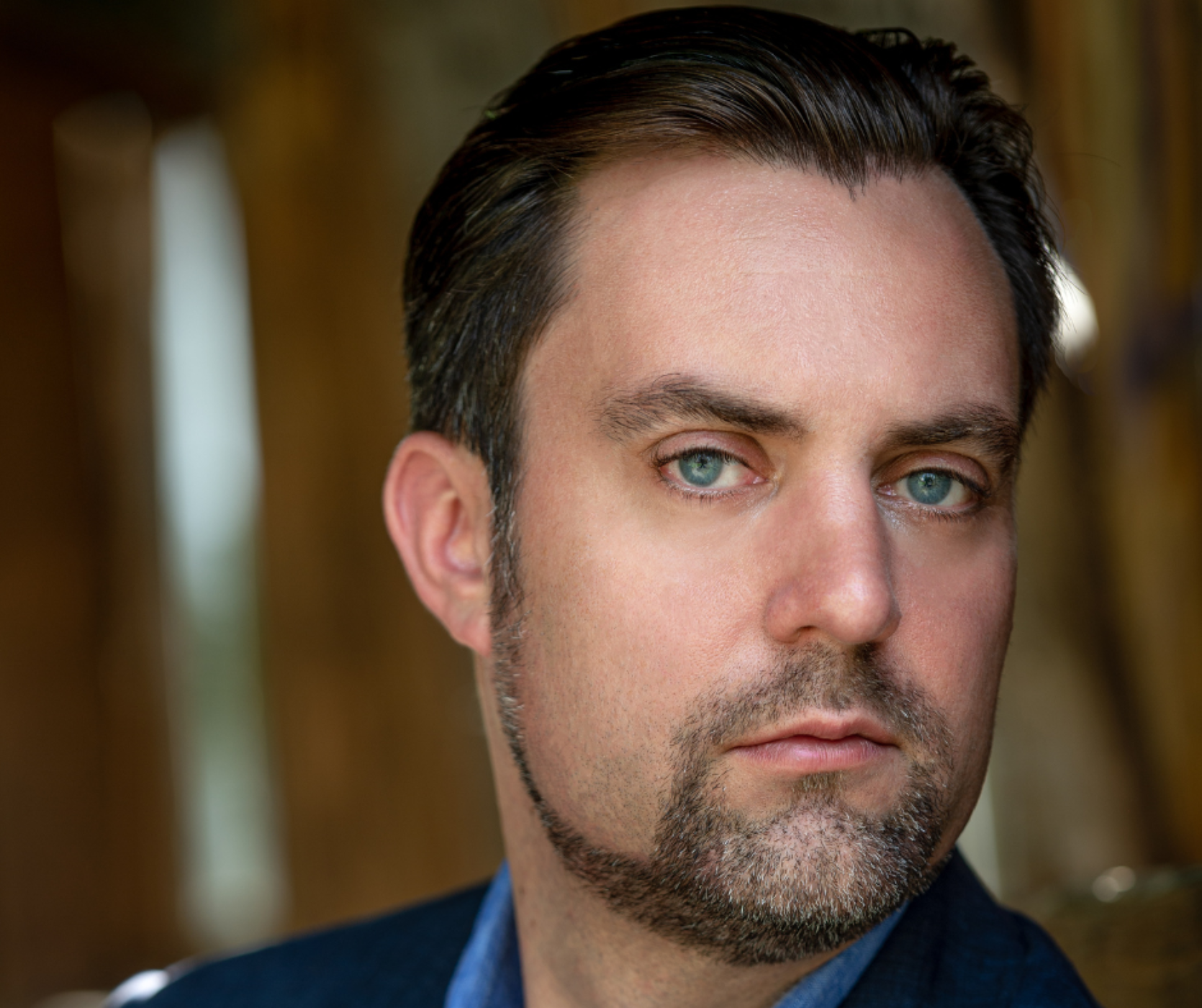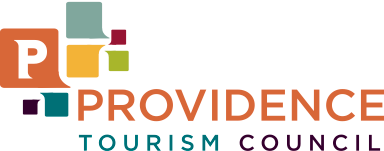THE STORY BEHIND: Schumann's Piano Quintet
Share
On June 1, conductor Tito Muñoz and the Rhode Island Philharmonic Orchestra will present BEETHOVEN & BRONFMAN: A ONE-NIGHT GALA EVENT with pianist Yefim Bronfman.
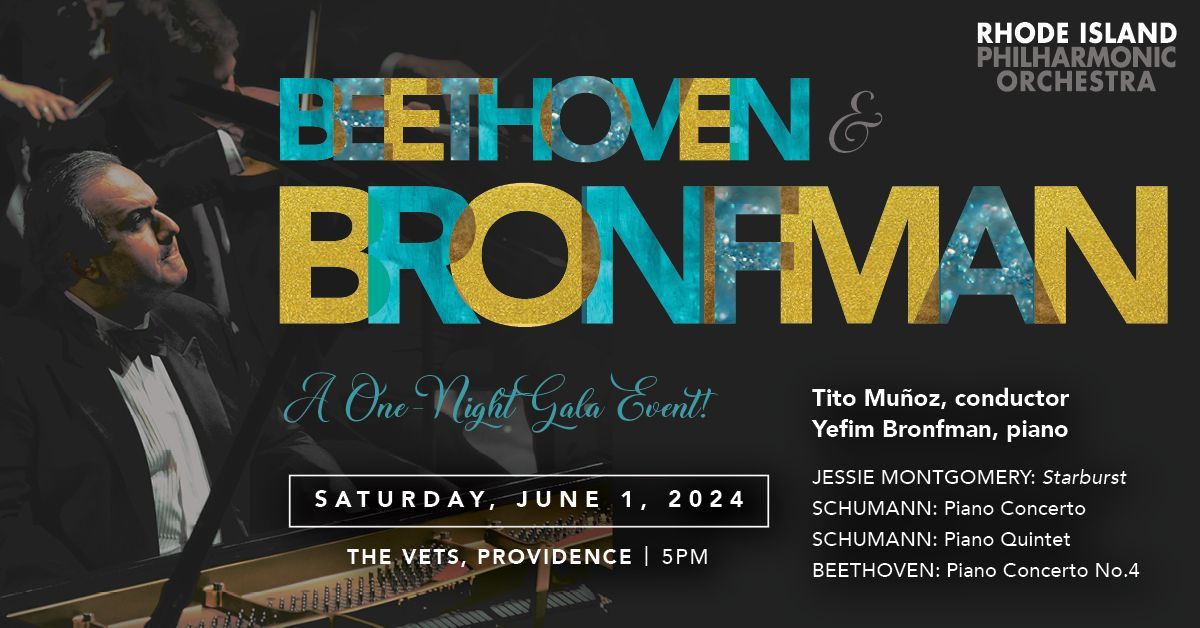
Title:
Piano Quintet, op.44, E-flat major
Composer:
Robert Schumann (1810-1856)
Last time performed by the Rhode Island Philharmonic:
This is a RI Philharmonic Orchestra premiere. In addition to a solo piano, this piece is scored for two violins, viola and cello.
The Story: During his most productive periods, Robert Schumann frequently composed clusters of works of a single musical type. In his “chamber music years” (1842-43), for example, Schumann wrote all of his string quartets and several works for piano and strings. During a particularly creative two-month period, Schumann “invented” the piano quintet by composing his E-flat Piano Quintet, Op. 44, also completing the Piano Quartet, Op. 47, in E-flat as well. Each of these works required only five days to sketch and another two weeks to complete. Both were written between October and November of 1843.
In this music, the relationship of piano to strings is unbalanced. Unlike the lighter piano parts in works by Beethoven, Mendelssohn, or Brahms, the piano is king with Schumann. Listeners may even have the impression that the E-flat Quintet is an extension of Schumann’s solo piano music, since the strings so often double the piano part or oppose it as a block. Also, due to a lack of practical experience with strings, Schumann’s thematic material (however sublime) sometimes appears in a weak or ineffective range of an instrument.
The themes and their working out are a different matter. In the first movement, Schumann presents three virile yet warm themes. The development section is like a chamber concerto for piano that concentrates on the first, very striking theme. The recapitulation presents a modified re-working of all the material.
The second movement is a study in contrasting characters. The opening theme is a funeral march in a minor key, after which the sweeter second theme comes as something of a release before reverting to the march. The
Agitato
section — again, concerto-like — flows back into the second theme, and the movement ends with a reprise of the lugubrious first theme.
Scales abound in the heavy Scherzo. The flowing first Trio section is a remarkable canon between the first violin and viola. The powerful second Trio is related only distantly to the Scherzo but has a concerto-like flair.
As did Beethoven, Schumann reserves his maximum energy for the finale. The Germanic stamping-dance main theme nearly dominates the movement. We understand the reason for this when at last the first movement’s main theme returns for a double fugue with the finale theme. This crowns the entire work and gives impetus to an exciting ending.
Program Notes by Dr. Michael Fink © 2023 ALL RIGHTS RESERVED
Tickets start at $35! Click HERE or call 401-248-7000 to purchase today!

